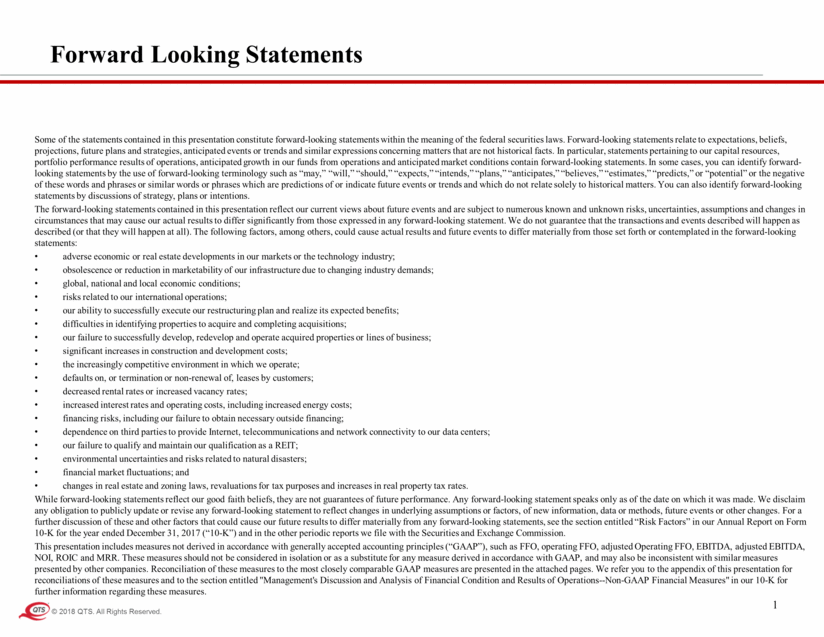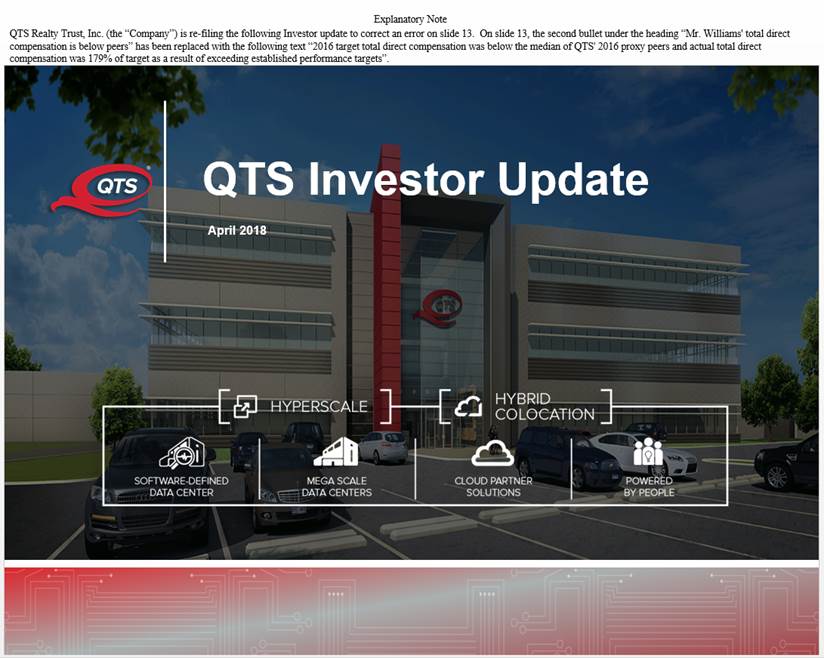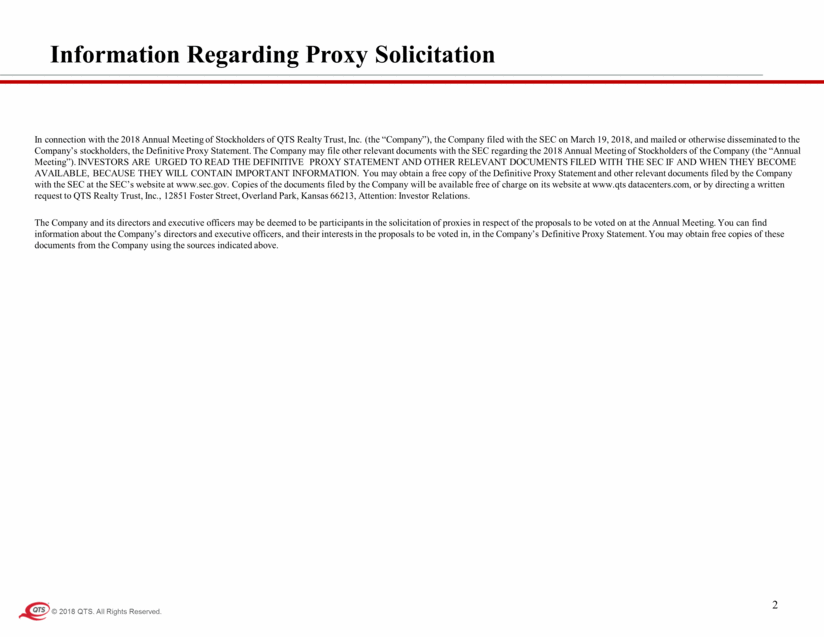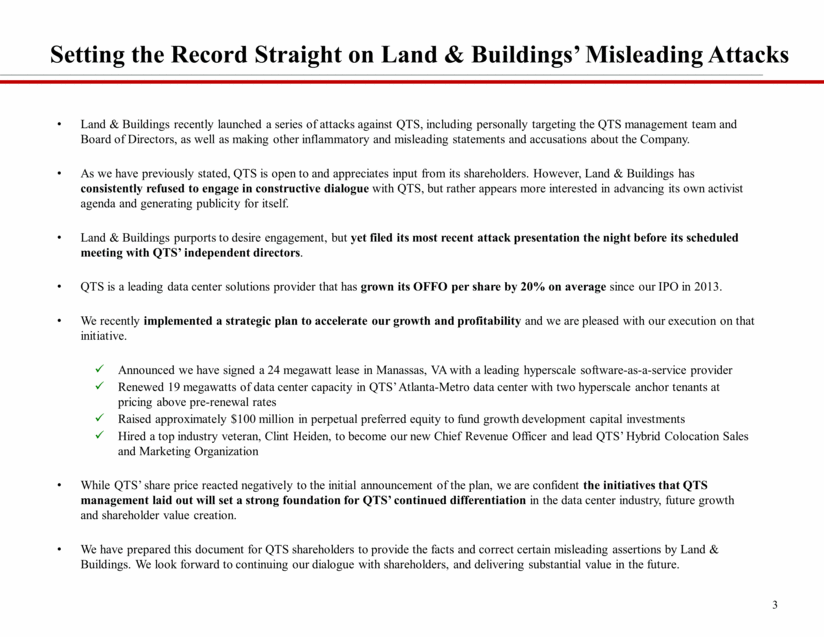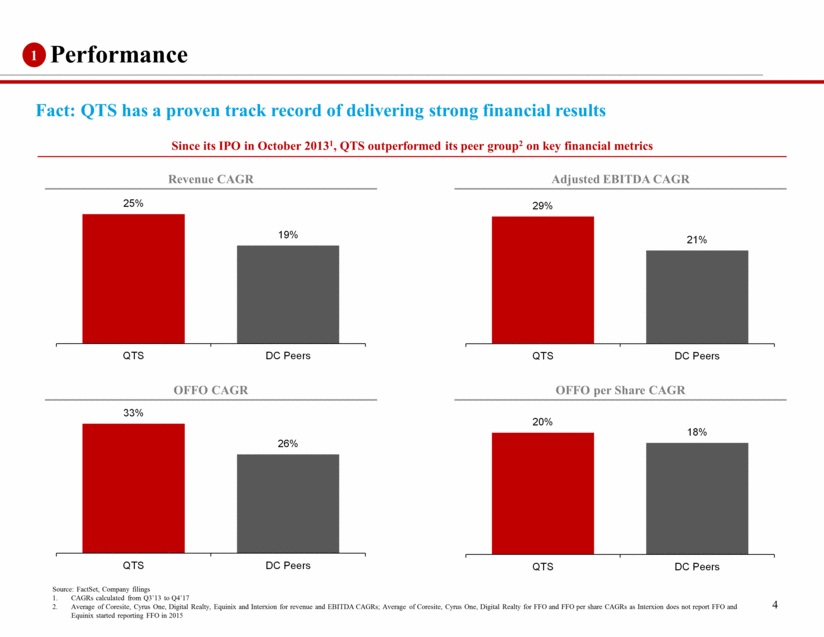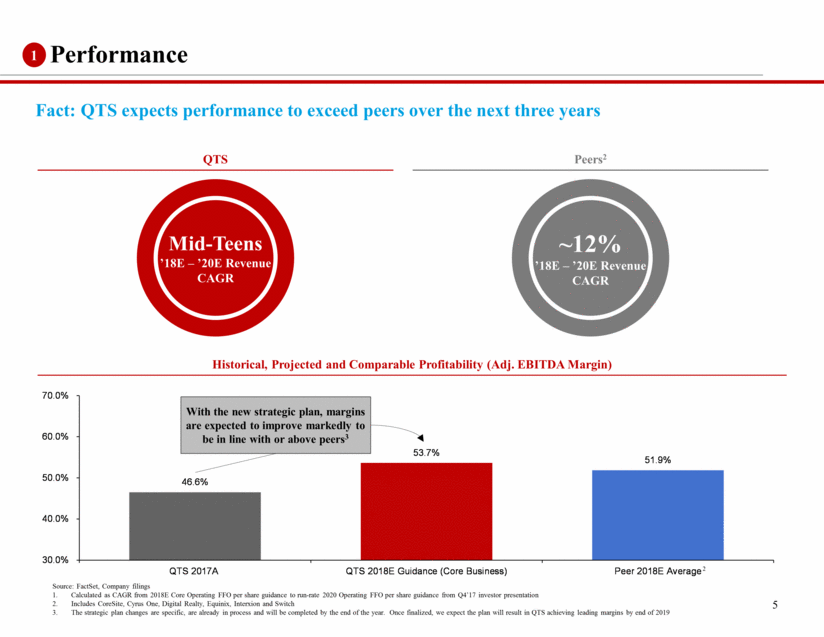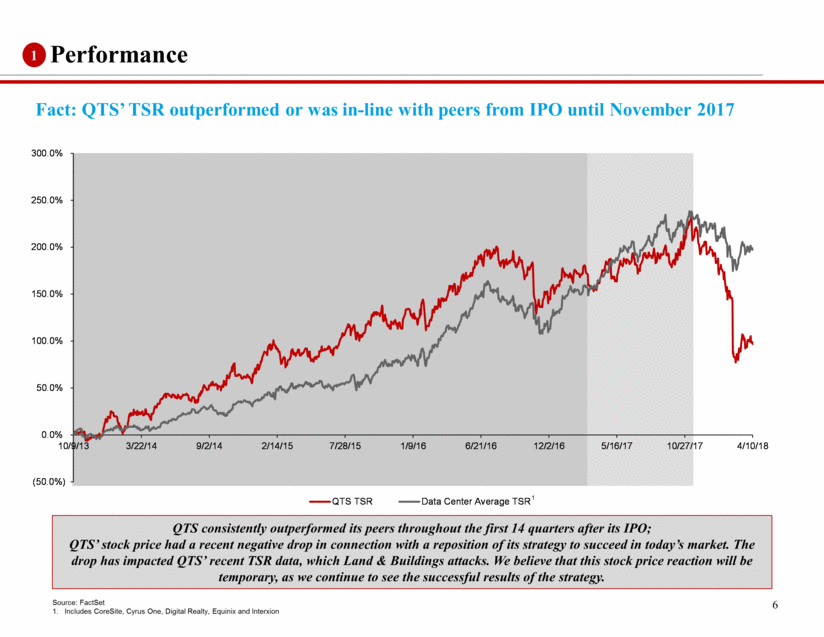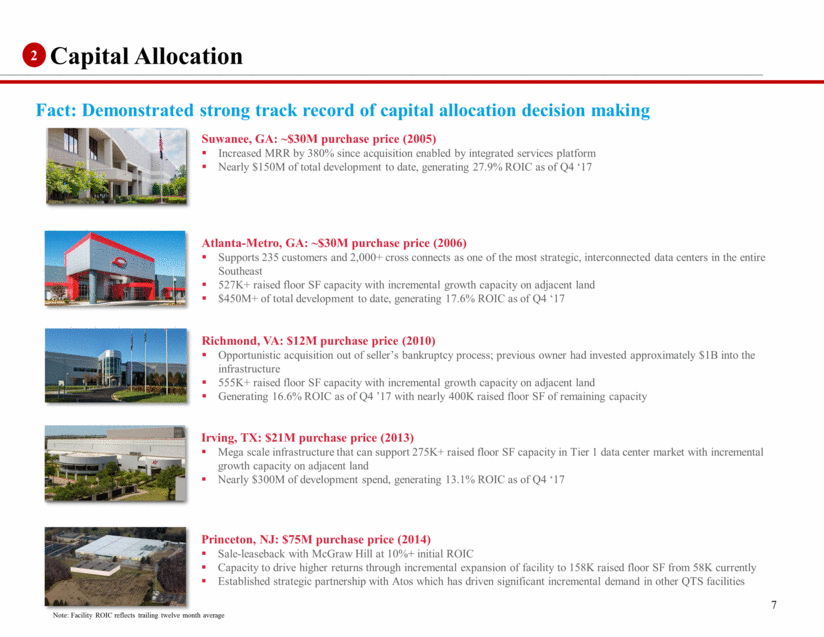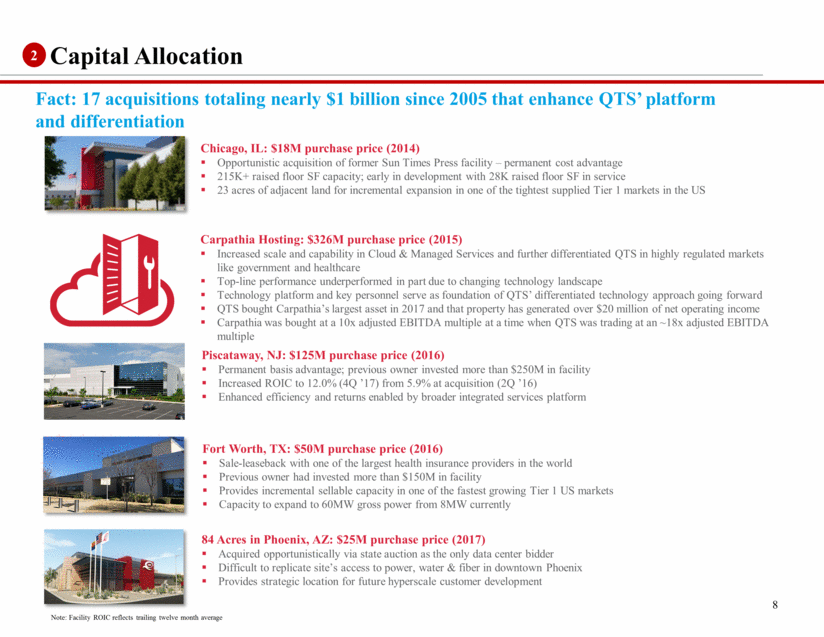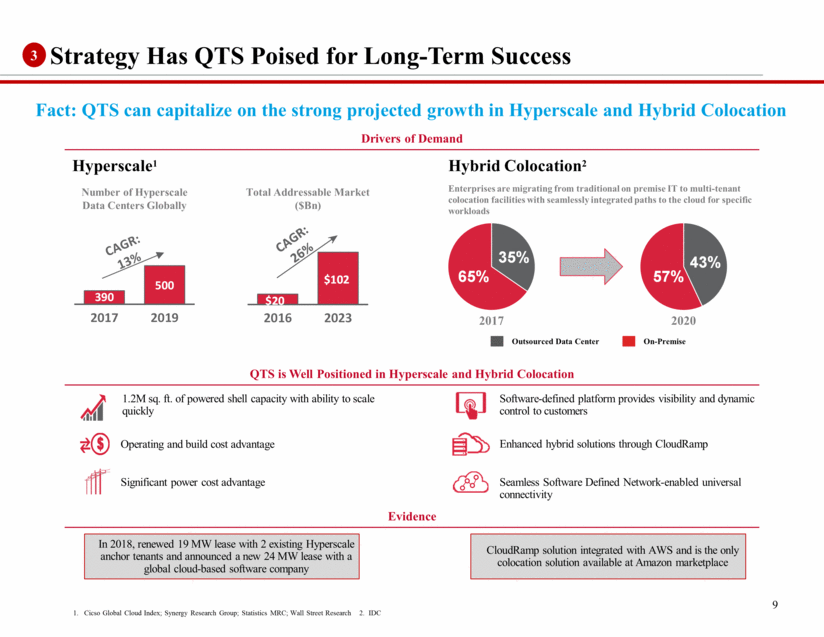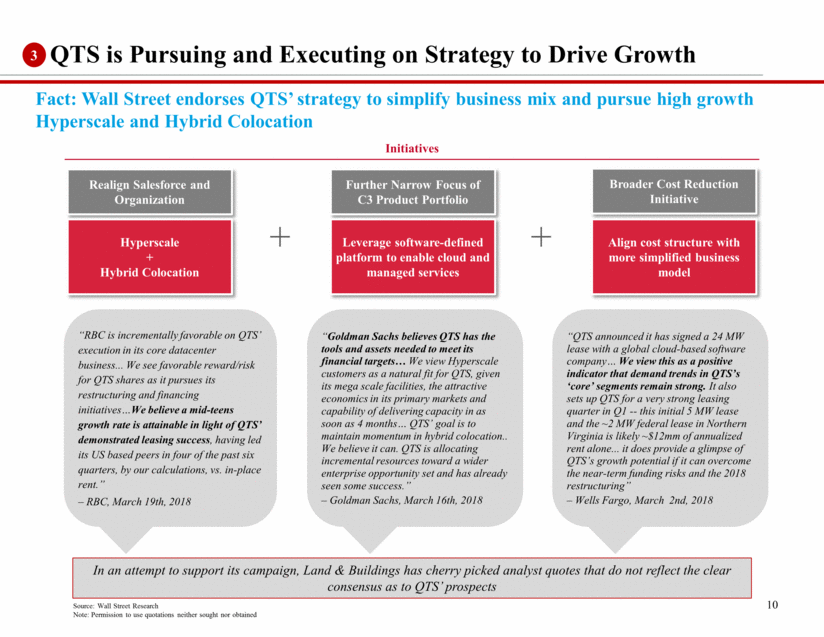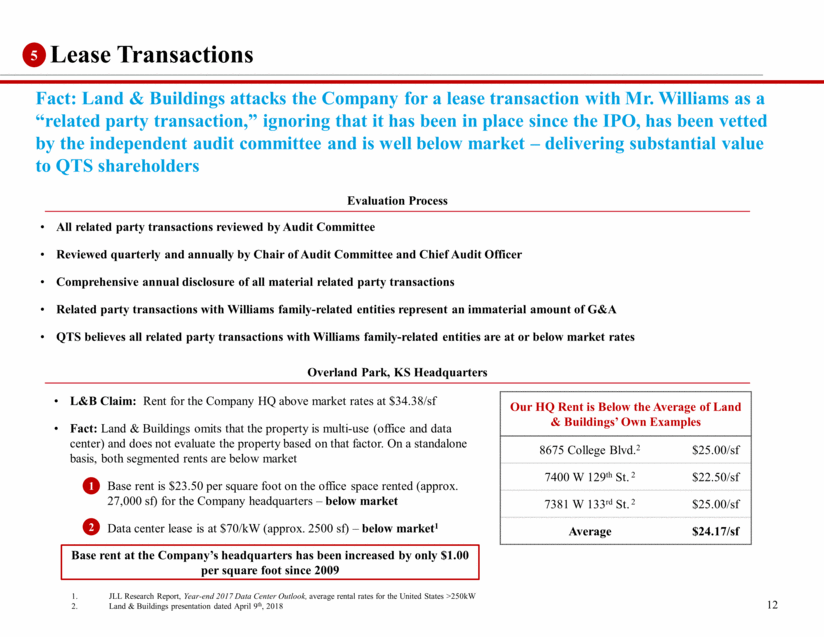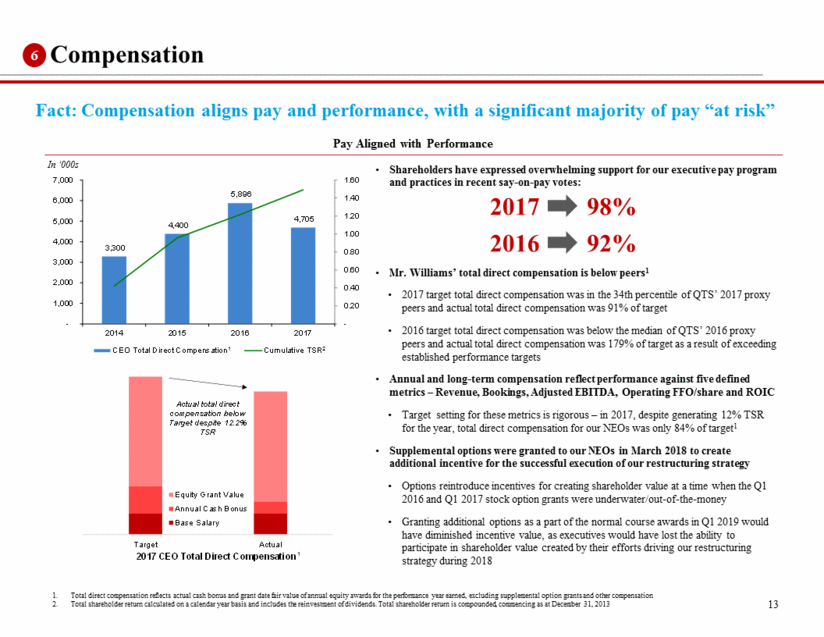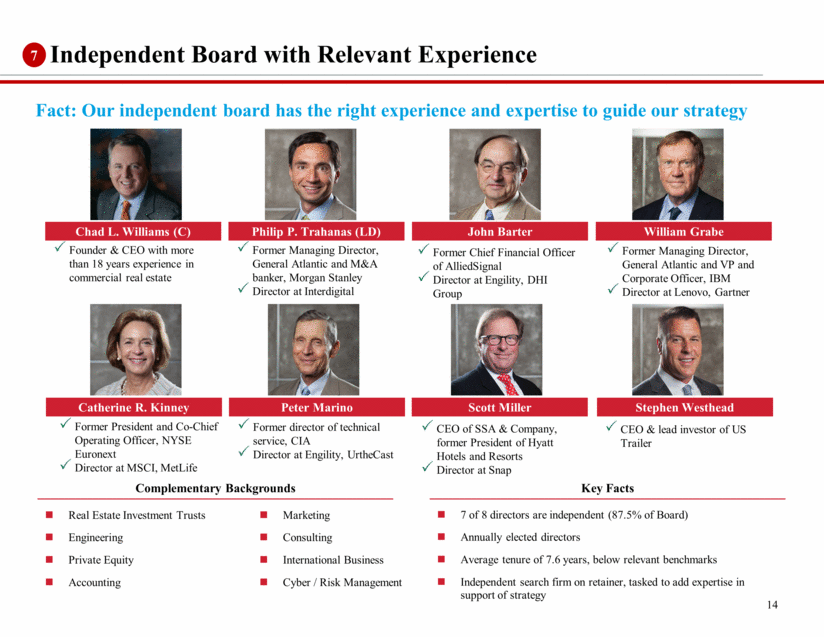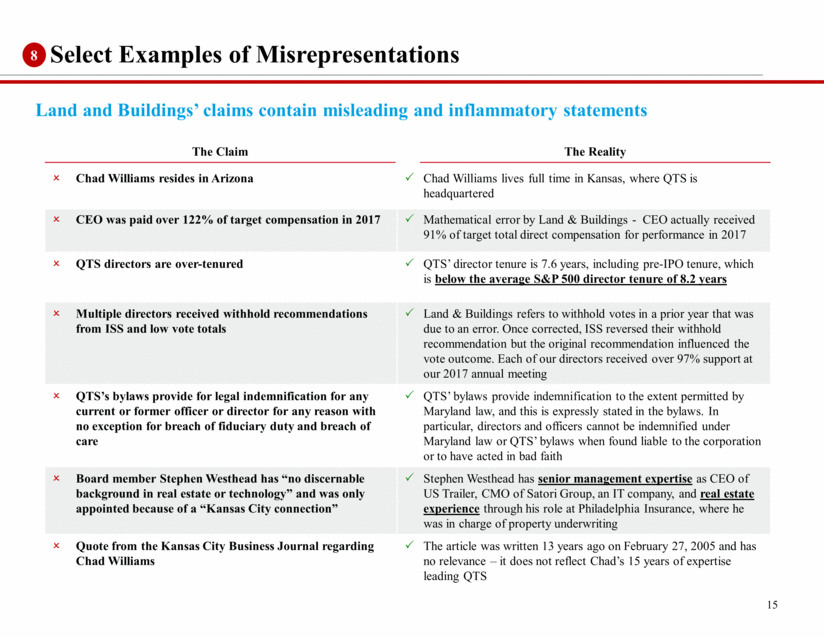Forward Looking Statements 1 Some of the statements contained in this presentation constitute forward-looking statements within the meaning of the federal securities laws. Forward-looking statements relate to expectations, beliefs, projections, future plans and strategies, anticipated events or trends and similar expressions concerning matters that are not historical facts. In particular, statements pertaining to our capital resources, portfolio performance results of operations, anticipated growth in our funds from operations and anticipated market conditions contain forward-looking statements. In some cases, you can identify forward-looking statements by the use of forward-looking terminology such as “may,” “will,” “should,” “expects,” “intends,” “plans,” “anticipates,” “believes,” “estimates,” “predicts,” or “potential” or the negative of these words and phrases or similar words or phrases which are predictions of or indicate future events or trends and which do not relate solely to historical matters. You can also identify forward-looking statements by discussions of strategy, plans or intentions. The forward-looking statements contained in this presentation reflect our current views about future events and are subject to numerous known and unknown risks, uncertainties, assumptions and changes in circumstances that may cause our actual results to differ significantly from those expressed in any forward-looking statement. We do not guarantee that the transactions and events described will happen as described (or that they will happen at all). The following factors, among others, could cause actual results and future events to differ materially from those set forth or contemplated in the forward-looking statements: adverse economic or real estate developments in our markets or the technology industry; obsolescence or reduction in marketability of our infrastructure due to changing industry demands; global, national and local economic conditions; risks related to our international operations; our ability to successfully execute our restructuring plan and realize its expected benefits; difficulties in identifying properties to acquire and completing acquisitions; our failure to successfully develop, redevelop and operate acquired properties or lines of business; significant increases in construction and development costs; the increasingly competitive environment in which we operate; defaults on, or termination or non-renewal of, leases by customers; decreased rental rates or increased vacancy rates; increased interest rates and operating costs, including increased energy costs; financing risks, including our failure to obtain necessary outside financing; dependence on third parties to provide Internet, telecommunications and network connectivity to our data centers; our failure to qualify and maintain our qualification as a REIT; environmental uncertainties and risks related to natural disasters; financial market fluctuations; and changes in real estate and zoning laws, revaluations for tax purposes and increases in real property tax rates. While forward-looking statements reflect our good faith beliefs, they are not guarantees of future performance. Any forward-looking statement speaks only as of the date on which it was made. We disclaim any obligation to publicly update or revise any forward-looking statement to reflect changes in underlying assumptions or factors, of new information, data or methods, future events or other changes. For a further discussion of these and other factors that could cause our future results to differ materially from any forward-looking statements, see the section entitled “Risk Factors” in our Annual Report on Form 10-K for the year ended December 31, 2017 (“10-K”) and in the other periodic reports we file with the Securities and Exchange Commission. This presentation includes measures not derived in accordance with generally accepted accounting principles (“GAAP”), such as FFO, operating FFO, adjusted Operating FFO, EBITDA, adjusted EBITDA, NOI, ROIC and MRR. These measures should not be considered in isolation or as a substitute for any measure derived in accordance with GAAP, and may also be inconsistent with similar measures presented by other companies. Reconciliation of these measures to the most closely comparable GAAP measures are presented in the attached pages. We refer you to the appendix of this presentation for reconciliations of these measures and to the section entitled "Management's Discussion and Analysis of Financial Condition and Results of Operations--Non-GAAP Financial Measures" in our 10-K for further information regarding these measures. © 2018 QTS. All Rights Reserved.
